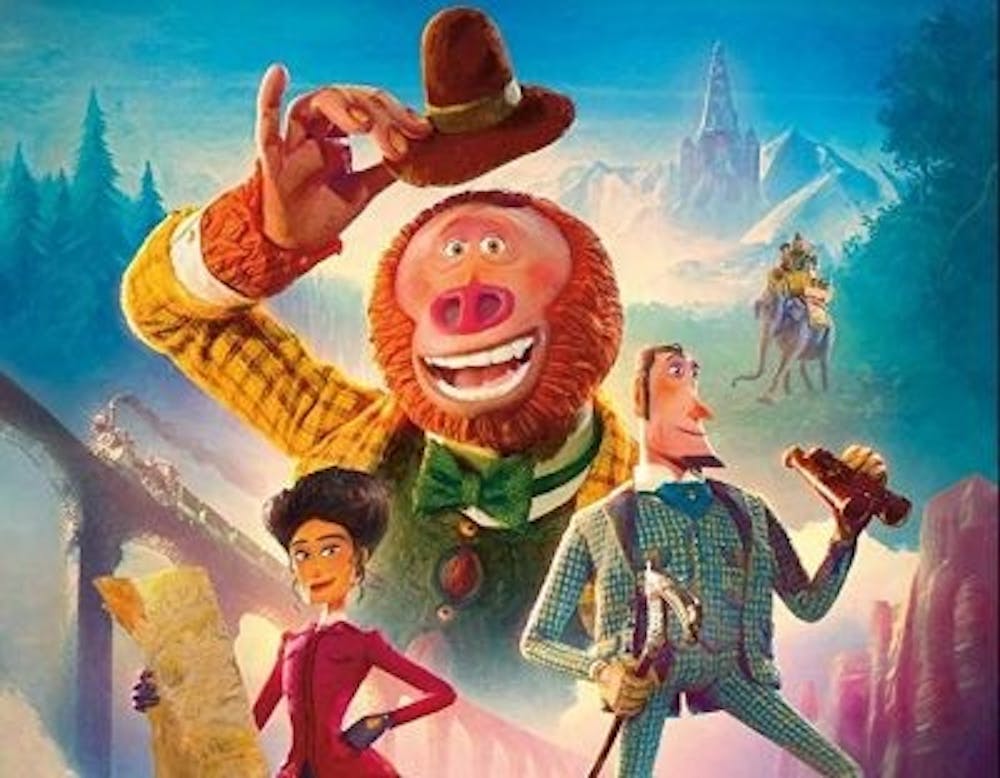Over the last few years, no animation studio in the business has left as much of an impact as Laika. Known for films like Coraline and Kubo & The Two Strings, the Oregon-based stop-motion powerhouse is known for their willingness to take (comparatively) bold risks in storytelling and advance the stop-motion artform in revolutionary ways…and for the fact that the studio is the pet project of former rapper and heir to the Nike fortune, Travis “Chilly Tee” Knight.
Bringing this up isn’t to insult the man, no, but rather to provide context for the fact that, since the aforementioned Coraline, every single one of Laika’s films has either failed to make back its money at the box office or outright bombed on arrival.
The strangest (and perhaps most fascinating) thing about that is, under normal circumstances, a track record like that would have absolutely decimated a studio like Laika. However, despite the increasingly diminishing returns, they always manage to spring back, bigger and more ambitious than before. It almost begs the question: “Will the tennis shoe money ever run out?”
It’s hard to tell, but there’s a recently-emerged factor that may help us find our answer.
Or, rather, a recently-emerged Link.
They Call him Mr. Link

Image from IMDb
Missing Link (released April 12, 2019 and directed by Chris Butler, who previously helmed Laika’s Paranorman) follows the 18th-century escapades of Sir Lionel Frost (Hugh Jackman), a pompous journeyman desperately seeking the approval of his peers, as he stumbles across the discovery of a lifetime: a living sasquatch. The humble bigfoot, dubbed “Mr. Link” (Zach Galifianakis at his most soulful) longs for the company of others like him, and ultimately the two set out to find a “family” of sorts for the creature. Shenanigans ensue.
Admittedly, the film’s base concept may come off as rather simple (and Link’s advertising campaign would suggest even more so), but telling a deep and complicated story isn’t really what this movie sets out to do. The narrative serves to provide context for the globe-trotting escapades of our duo, later joined by Lionel’s old acquaintance, Adelina Fortnight (Zoe Saldana). However, the chemistry between Galifianakis and Jackman sells you on the developing friendship at the heart of this story. Despite the jump in tone from the rest of Laika’s catalogue (and some admittedly spotty work regarding Frost’s character arc), it still retains the emotional core and sense of maturity over its peers in this market that defines their films above all else…even if this film does its best to swing for the cheap seats at times.
Seeing the forest for the moss
It’s impossible to properly comprehend the sheer effort put toward actually making this film. Despite what the trailers may suggest, this is still Laika-grade stop motion, utilizing full sets and physical characters as opposed to vector graphs and textures…for the most part. CG is used to help expand sets, simulate textures like water, and populate backgrounds with computer-animated extras, and for what it’s worth, it helps sell the verisimilitude of the film’s world. However, there are moments when this cohesivity almost acts against the very point of doing the film in stop motion itself.
As legitimately paradoxical as it sounds, the animation in this movie is good…too good. It’s to the point where you can only really see through the illusion when characters are in close-up through specks of paint and stray plastic used to 3D-print the characters’ expressions on their faces. It’s this cleanliness in the film’s genetic make-up that almost works against the semi-rugged adventurism that the film centers around.
I’ve always held the philosophy that it is often our flaws that characterize our defining traits, and if there’s anything this film could have used, it would have been more flaws in its practice. A change as simple as using proper matte paintings in lieu of green screens (or even just leaving the horizontal faceplate line on each of the characters’ foreheads as opposed to erasing it in post) would help reinforce the otherworldliness of the medium, while not being intrusive enough to impede on the characters’ innate humanity (or lack thereof).
Regardless, it is still an absolute marvel to behold.
The difference between good and great

Image from IMDb
As I write this review, it’s confirmed that Missing Link has gone on to not only be Laika’s lowest-earning film (earning only a fraction of Kubo’salready-meager opening gross), but one of the biggest box office flops since last year’s absolutely dreadful Show Dogs (which I had the honor of reviewing here), and that’s a shame. The movie, compared to a LOT of what’s out there in regard to family entertainment at the theater, puts forth far more effort, heart, and overall passion for the story it’s telling. Flaws and all, Missing Link deserves to be seen, even if only to support Laika and their willingness to not only put time and energy into keeping stop-motion alive but to push the medium with each and every go.
I’m sure the Nike money will help them pull through (as it always has), but if this does happen to be Laika’s last ride, it couldn’t have ended on a more appropriate note. A scruffy underdog, wandering through uncharted waters, only to ultimately realize that he doesn’t need the approval of the old guard in order to be happy. As it stands on the precipice of ruin, instead of begging for forgiveness or absolution, it gives utopia the bird and goes into the night with its dignity in tow, singing kumbaya with all who stood alongside him.
If that isn’t art, I don’t know what is.

Featured Image: IMDb
Images: IMDb
For more entertainment related content, visit us at Byte BSU!




















